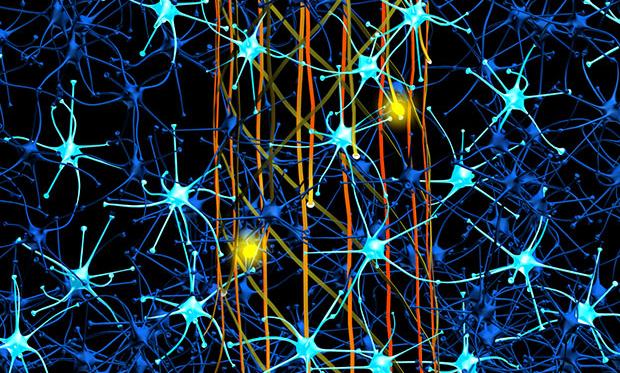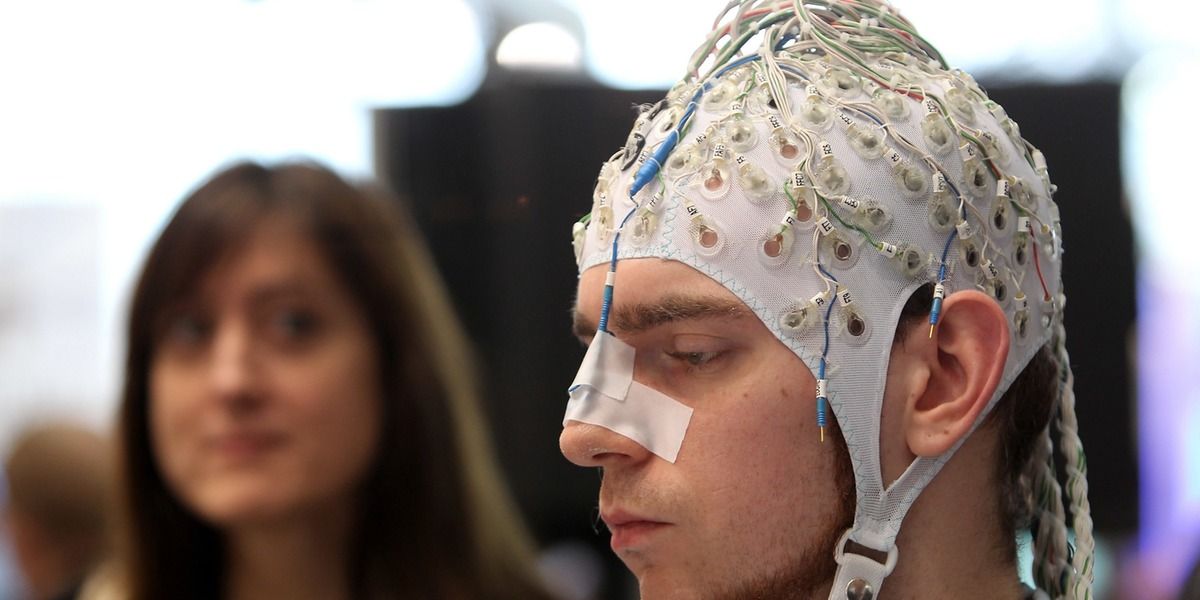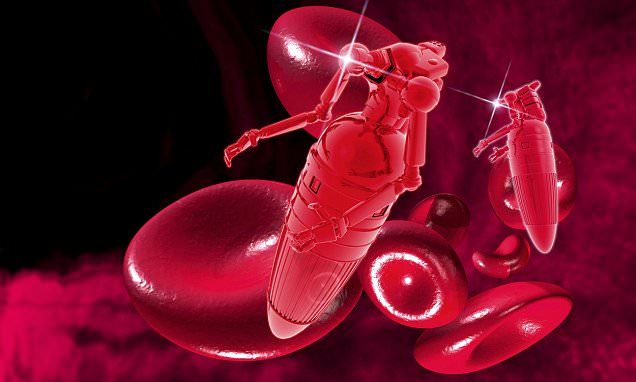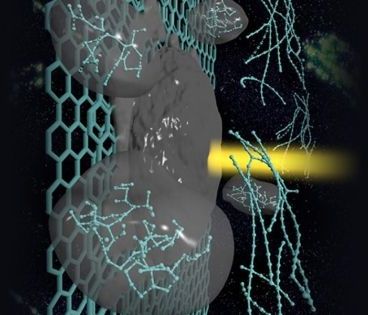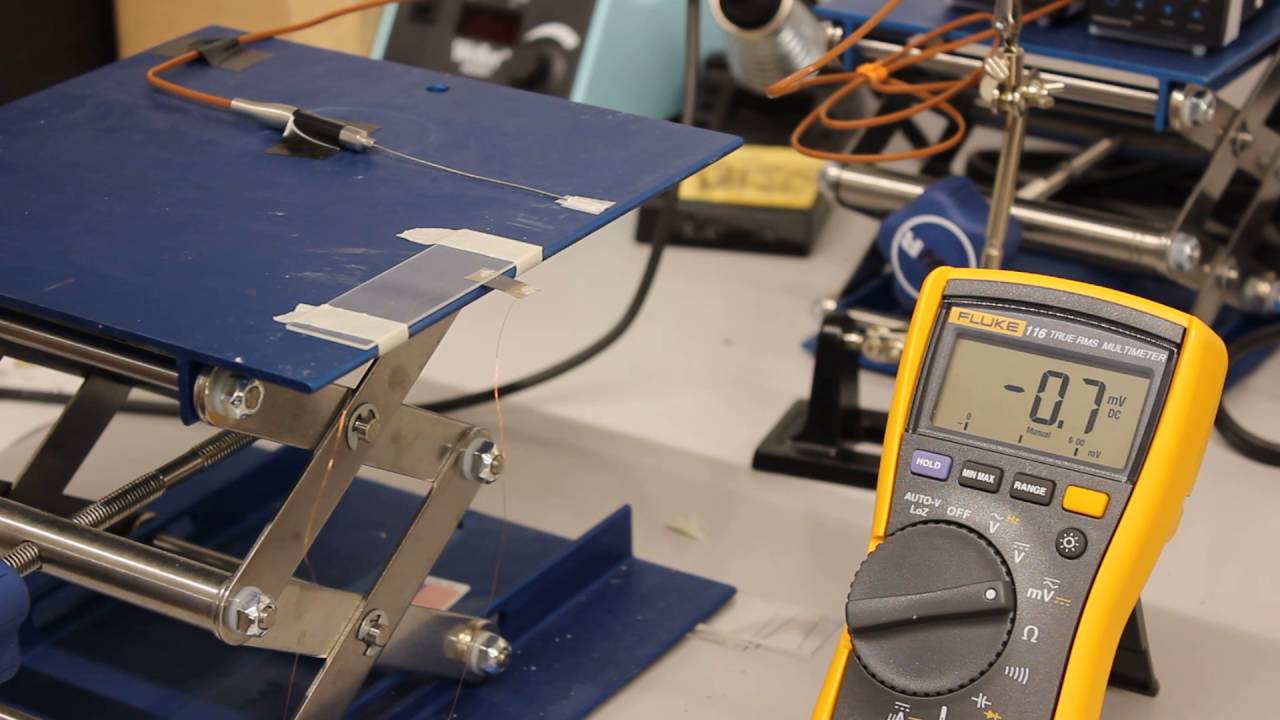Aug 30, 2016
Nanostructured Device Purifies Water With Light
Posted by Shailesh Prasad in categories: biological, nanotechnology
In many parts of the world, the only way to make germy water safe is by boiling, which consumes precious fuel, or by putting it out in the sun in a plastic bottle so ultraviolet rays will kill the microbes. But because UV rays carry only 4 percent of the sun’s total energy, the UV method takes six to 48 hours, limiting the amount of water people can disinfect this way.

